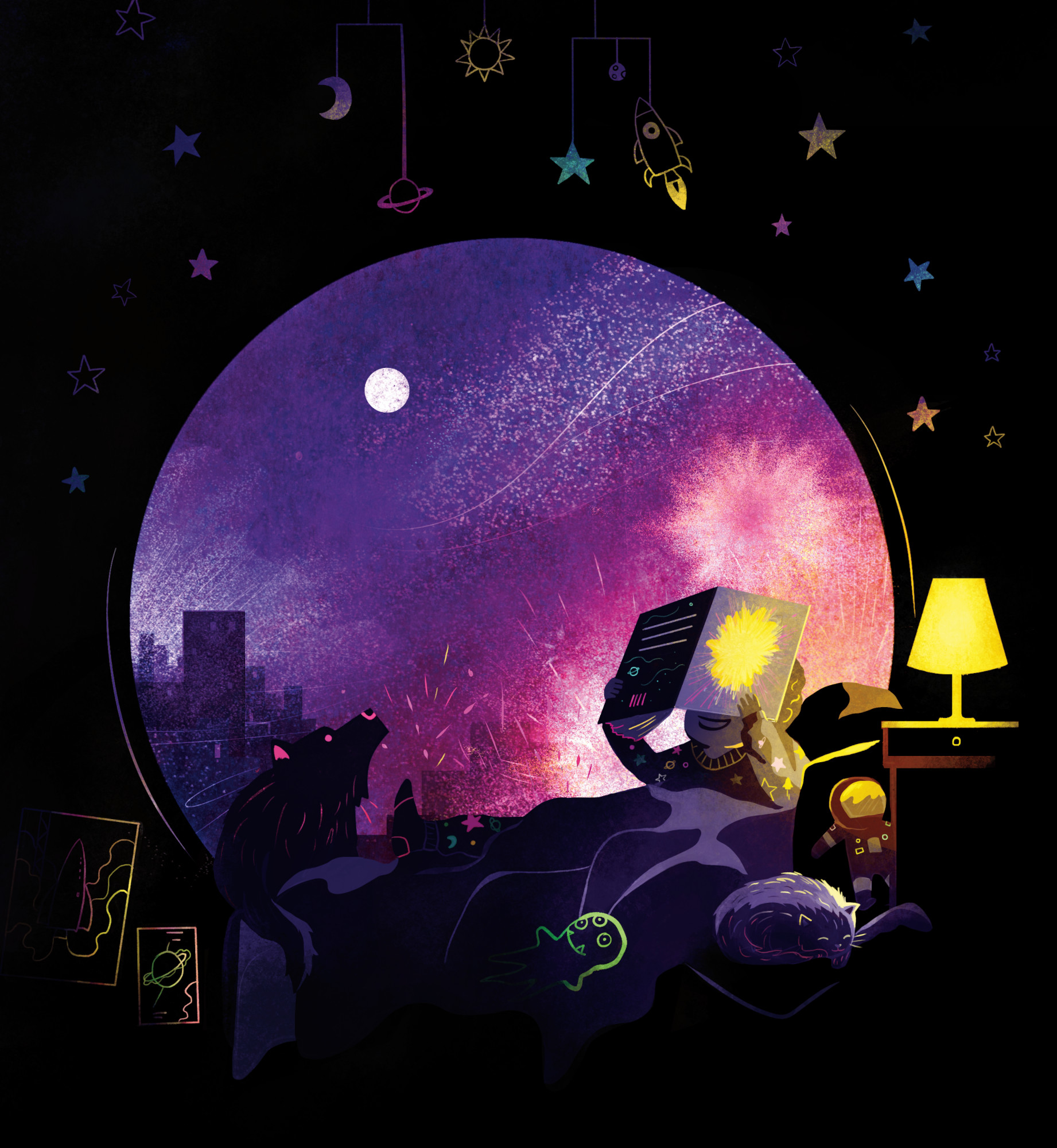Presentations & School Visits

I am available for readings, science workshops, and group presentations.
A sample list of activities is provided below.
Big Bang Book Reading: A basic orientation of where and when we are in the universe. Features an introduction to cosmology, galaxies, and the Solar System, with a skills focus on asking questions. I show students that, while we might all be different in some ways or another, we all share the same fundamental questions.
Picnic Planet Reading: A tour of what planets are like around the galaxy and in our own Solar System. Conveys ideas about the life cycles of stars and planets, the variety of planets discovered to date, and how our own Earth compares. Students leave with a sense that they don't have to go to Mars to be an intrepid explorer on their very own planet.
A sample list of activities is provided below.
Big Bang Book Reading: A basic orientation of where and when we are in the universe. Features an introduction to cosmology, galaxies, and the Solar System, with a skills focus on asking questions. I show students that, while we might all be different in some ways or another, we all share the same fundamental questions.
Picnic Planet Reading: A tour of what planets are like around the galaxy and in our own Solar System. Conveys ideas about the life cycles of stars and planets, the variety of planets discovered to date, and how our own Earth compares. Students leave with a sense that they don't have to go to Mars to be an intrepid explorer on their very own planet.
Exoplanet Workshop: Over 5,000 planets have been discovered around other stars. Each tells its own story. In this activity, I ask students to imagine their very own planets, encouraging them to make theirs as weird and outlandish as they want. I then bring the class together to imagine what kinds of planets there might be in the galaxy. Finally, I guide them through what has really been discovered out there in images and videos. Often, fact is stranger than fiction: planets that orbit their stars in mere hours, planets whose atmospheres have boiled off, pieces of planets, planets that sail through the darkness of space all by themselves. Concludes with the most Earth-like planets known.
Exotic Objects Workshop: What really is a black hole? How do stars die? This workshop answers these questions, taking some of the strangest objects in space and bringing them down to Earth. Students will act out what it would be like to fall into a black hole, get a hands-on feel for the density of a neutron star, and witness for themselves the speed and energy of a supernova’s blast.
Galaxy Tour: Starting from the Earth’s place in the Milky Way, students will zoom out from planets and stars to explore the different kinds of galaxies. In this highly visual session, they will be challenged to wrap their minds around the huge scales and intricate structures of some of the most beautiful structures known to humanity. Students will then zoom out even further to galaxy clusters and voids, gaining a mind-boggling perspective on the large-scale patterns of the universe.
Life at an Observatory: What do astronomers actually do? What goes on at observatories? This activity guides students to play out an imagined day using a research-grade telescope at an observatory, illustrating the beauty of staying on a remote mountaintop, the near-prehistoric darkness, the impressive telescopes, and how bad weather can turn the whole thing into a sleepover.
Background art and Big Bang Book art Copyright Carly Allen-Fletcher